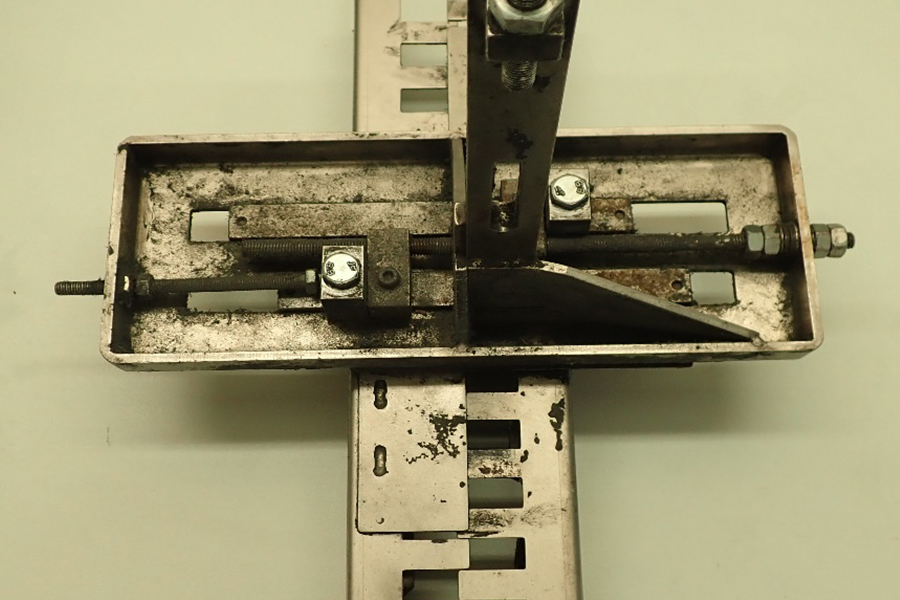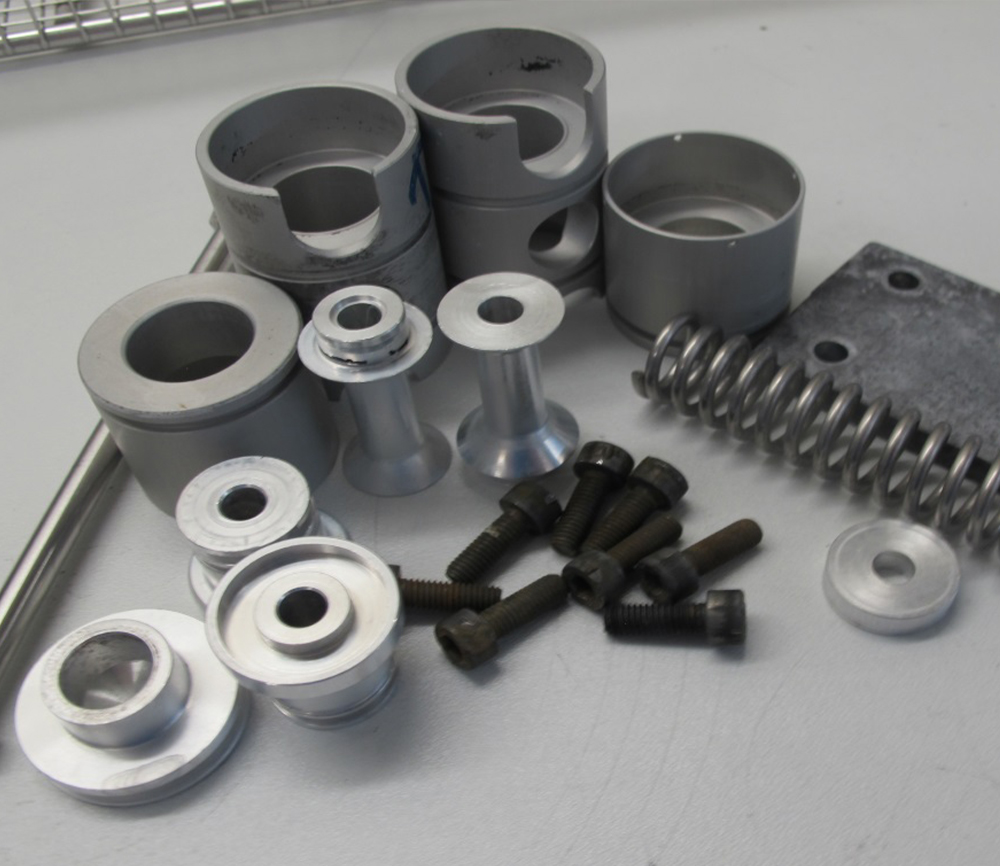Ultrasonic Cleaning Grease - Case Studies
Ultrasonic cleaning offers numerous benefits for grease removal, making it an efficient and cost-effective solution for industrial applications. This method ensures enhanced cleaning efficiency by reaching even the most intricate and hard-to-reach areas, thoroughly removing all contaminants. The process is significantly faster than traditional methods, reducing manual labour and operational costs while providing consistent and reliable results. Ultrasonic cleaning is environmentally friendly, typically utilising water-based solutions that minimise the need for harmful solvents. Moreover, it is gentle on parts, reducing the risk of damage, which is especially important for delicate components.
Ultrasonic Cleaning for Grease Removal:
Stage 1: Rodaweg 2018 is a highly alkaline liquid specifically formulated for the effective removal of oil and polishing compound residues during ultrasonic cleaning processes. The cleaning tank was filled with tap water, into which Rodaweg 2018 was added at a 5% concentration. The solution was then heated to the required temperature. The parts to be cleaned were placed into a basket and subjected to a 30-minute ultrasonic cleaning cycle. This process uses high-frequency sound waves to create microscopic cavitation bubbles in the cleaning solution. When these bubbles collapse, they produce a powerful scrubbing action that removes contaminants from the surface of the parts. Stage 2: After the ultrasonic cleaning, the parts were rinsed in tap water for 3 minutes with air bubble agitation. This step is crucial to remove any residual Rodaweg 2018 and dislodged debris. During rinsing, the tank was continuously purged with fresh tap water, and a spray bar was employed to skim away any surface contaminants, ensuring optimal cleaning results. Stage 3: Finally, the cleaned parts were dried in the Versa 120 hot air dryer for 10 minutes at a temperature of 120°C. This step ensures that all moisture is removed, leaving the parts completely dry and ready for use or further processing.
Component: Rubber seal
Material: Rubber
Contamination prior to cleaning: Unknown
| Ultrasonic Cleaner | Cleaning Agent | Temperature(s) | Concentration |
|---|---|---|---|
| 1. Versa 120+ Ultrasonic wash | Rodaweg 2018 | 75°C | 5% |
| 2. Versa 120+ Rinse | Tap water | 25°C | 100% |
| 3. Versa 120+ Hot air dryer | N/A | 80°C | N/A |
Note: All stages were allowed to reach the required temperature and degas before cleaning.
Before removing grease


After removing grease


Component: Unknown
Material: Rubber & plastic
Contamination prior to cleaning: Grease and plastic injection residue
Process for removing grease:
A benchtop Kemet 30 cleaner was filled with tap water, then diluted with a 10% concentration of Kemet S3 cleaning fluid. The Kemet 30 was left to degas for 10 minutes before use. The parts were placed in the basket and cleaned using the sweep mode for 10 minutes. Upon inspection, some contamination remained, so the parts underwent an additional 10 minutes of cleaning, making the total cleaning time in Kemet S3 20 minutes. Next, the parts were rinsed in tap water for 2 minutes. Rinsing is crucial as it helps neutralise any residue on the surface that could cause staining. Finally, the parts were dried in a hot air dryer for 10 minutes at 70°C.
| Ultrasonic Cleaner | Cleaning Agent | Temperature(s) | Concentration |
|---|---|---|---|
| 1. Kemet 30 | Kemet S3 | 40°C | 10% |
| 2. Kemet 30 | Tap water | 30°C | 100% |
| 3. Versa Genius+ 120 hot air dryer | N/A | 70°C | N/A |
Note: All stages were allowed to reach the required temperature and degas before cleaning.
Before removing grease

After removing grease

